Thu 18 Jan 2018
Platforms such as those used in the offshore oil and gas industry could form the basis of O&M platforms for
offshore wind
As Philip Woodcock explains, the need for smart maintenance solutions for the operational phase of offshore
windfarms is increasing with every tender for windfarm development
The Netherlands’ latest tender, Hollandse Kust Zuid I & II, was open for zero-subsidy offers, which will mean that
significant cost savings will need to be found throughout the lifecycle of the windfarm in order to make this a viable
investment.
One potential solution that might help reduce costs is a floating offshore maintenance facility, a concept RanaWorks BV’s
business development manager for inspection, maintenance and repair Rutger Lieverse describes as “a vessel containing
people with multiple skills and tooling, positioned within a windfarm cluster”.
But what would a floating O&M base look like? The concept isn’t entirely new, and the offshore oil and gas industry has
for many years utilised accommodation jack-ups and semi-submersible rigs provided by companies such as Seafox
Contractors and Prosafe – units that are fitted with large cranes, accommodation and workshops to undertake
maintenance scopes.
However, that kind of solution works in oil and gas, where a large number of people are needed on a single asset.
Offshore wind has always had the opposite problem – small numbers of people serving a large number of assets
(turbines). To be viable in offshore wind, such a concept would need to be small enough to be cost-effective and safe,
provide accommodation and deck space for all the skills and equipment required, provide a safe means of personnel and
equipment transfer to turbines and provide sufficient storage and work space for the spare parts and repair works needed
offshore. All of this would need to be combined in a cost-effective package that meets the budgetary requirements of
windfarm owners. Such a vessel would need to be able to provide subsea support through permanently mounted remotely
operated vehicles (ROVs), divers and survey equipment.
To support topside works, a safe means of access is the key, whether by gangway or small craft or both, in order to
manage teams simultaneously, supported by a crane that can work subsea but also can transfer materials to the transition
piece. Remote intervention will enhance functionality, so the ability to fly drones and process drone and survey data in a
timely manner would also need to be designed in.
Service operation vessels (SOVs) have already moved from the construction phase to O&M and address many of these
issues, but they tend to be delivered to meet operational requirements of windfarm operators, with the skillsets on board
focused on maintenance in a nacelle. The concept of SOVs providing balance of plant maintenance and inspection
services to more than one client has not yet been proven.
“Cross training of personnel is one method of reducing costs,” says Aalea Offshore’s managing director, ROVs Luca
Mozzetti. “By training ROV pilots to be drone pilots and ROV technicians to do technical repairs on wind turbines, one
can reduce the number of personnel needed offshore and make sure individual utilisation is high. However”, he warns,
“trying to encourage an ROV pilot to be a fully certified rope access painter is unreasonable.”
On SOVs, the utilisation of ship personnel as gangway operators is becoming common practice in order to reduce costs
while increasing the number of beds available for mission personnel. A successful inspection, maintenance and repair
vessel would need to expand that concept across all personnel.
Windfarm operators sharing resources to achieve the best price and highest utilisation has long been an industry goal. The
diverse ownership structures of windfarms and the budgetary independence of managers is probably the biggest
obstruction to sharing resources. Until decisions are made at board level, a common inspection, maintenance and repair
platform will be a challenge to deliver but could soon move from concept to reality, driven by the constant need to
improve efficiency and reduce costs.



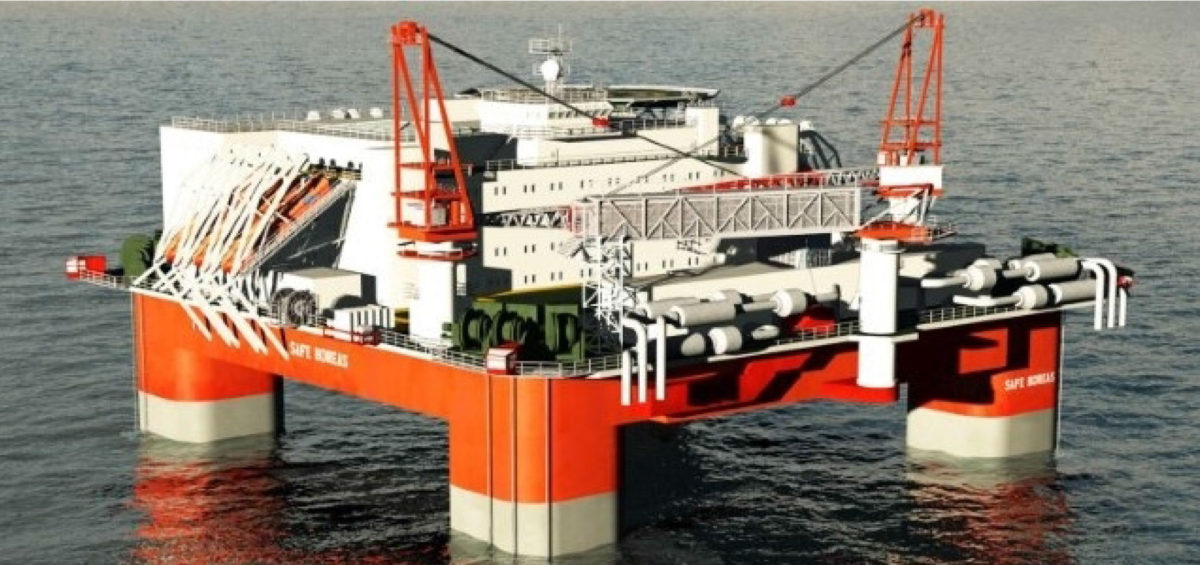
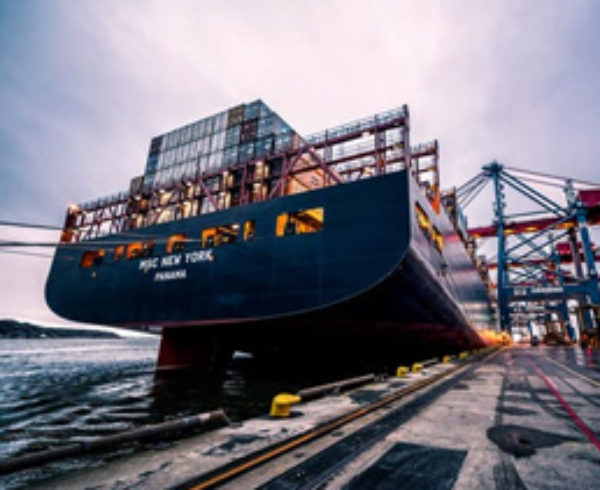
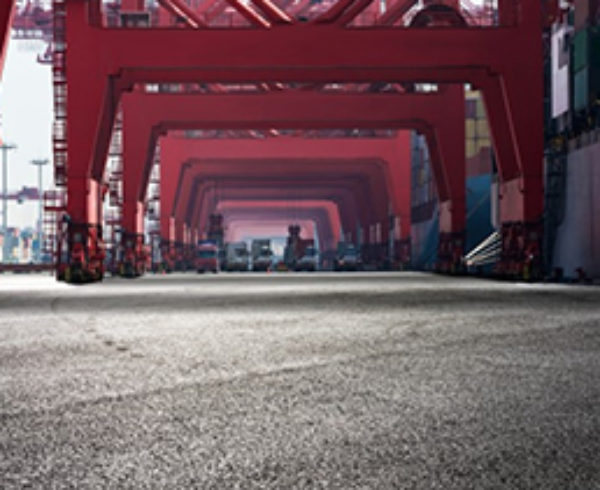
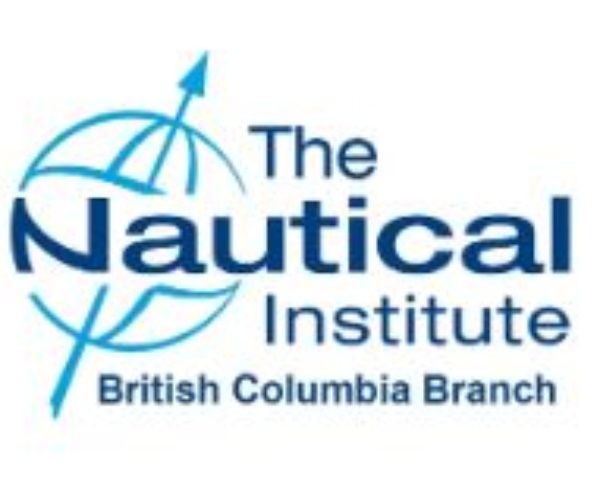
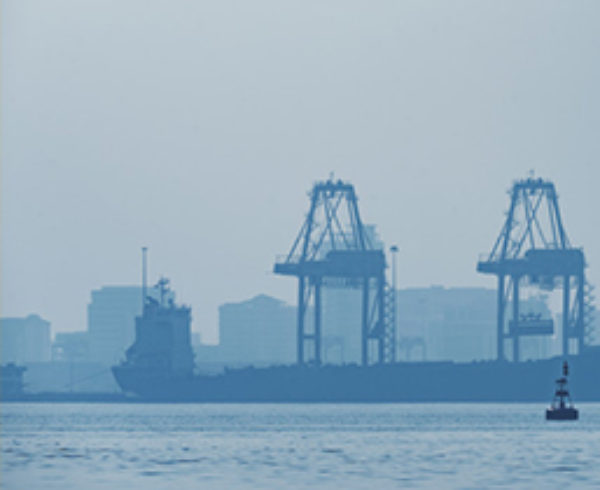

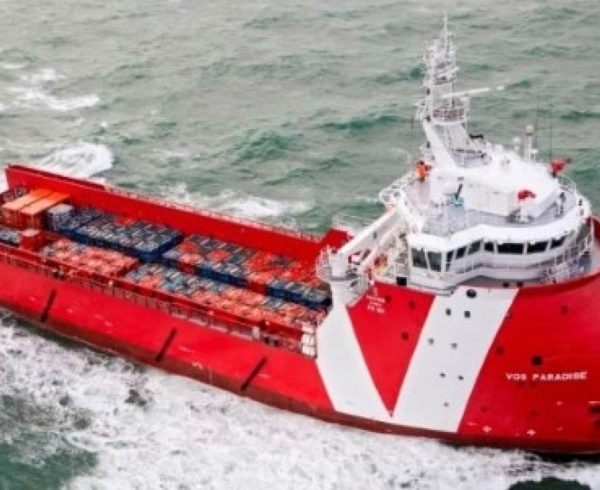
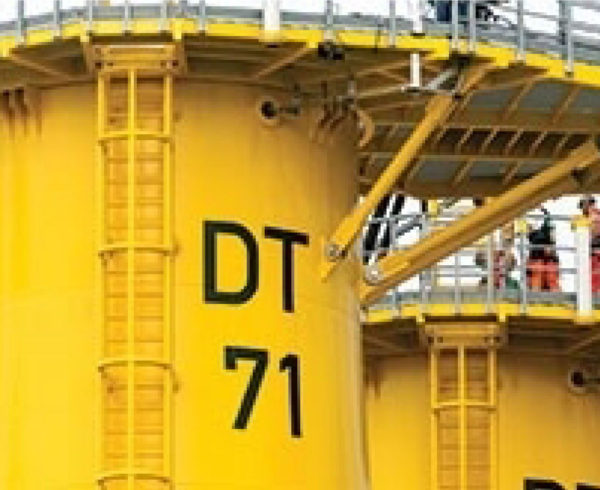
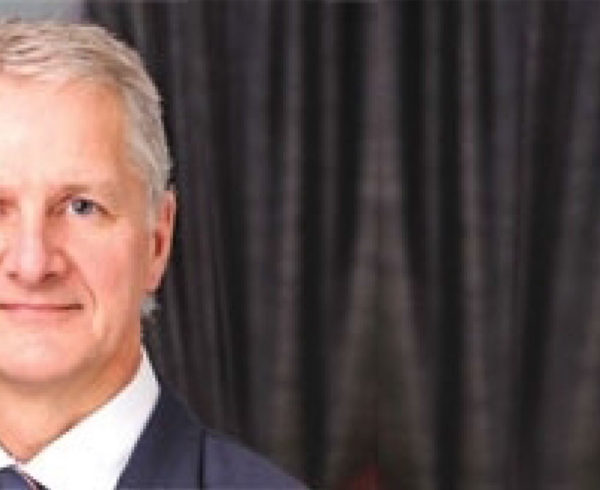

Leave a Comment